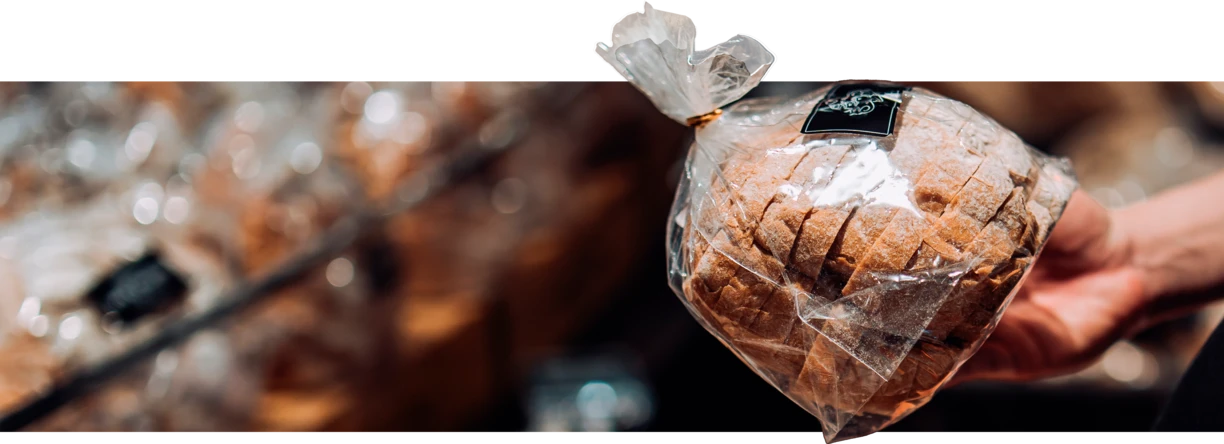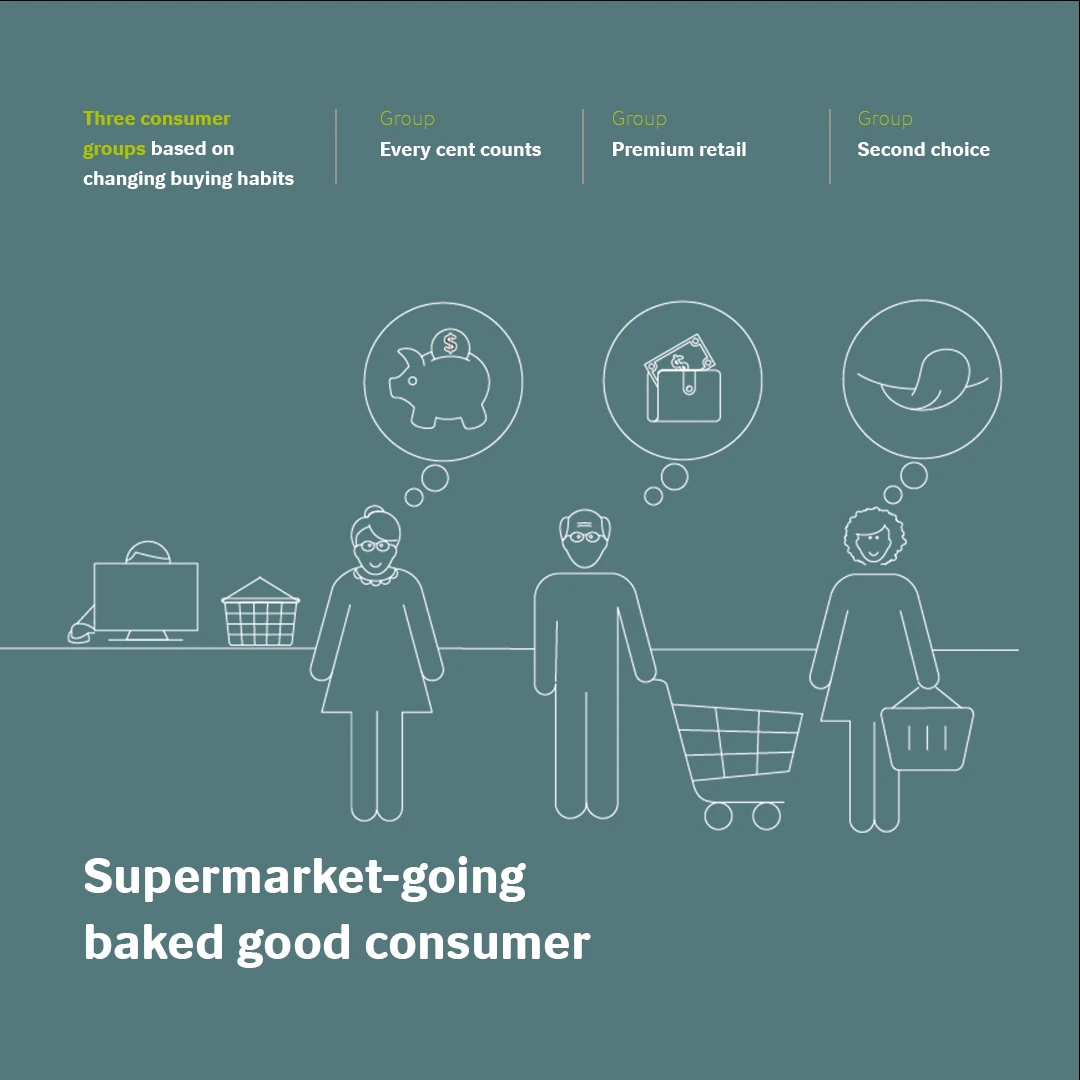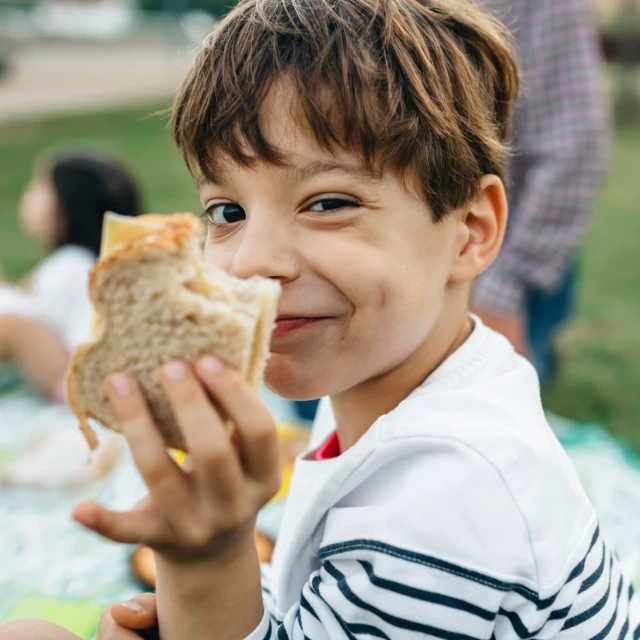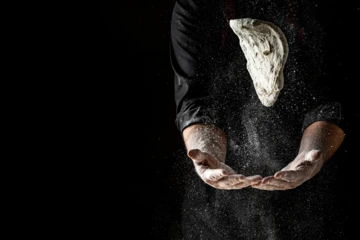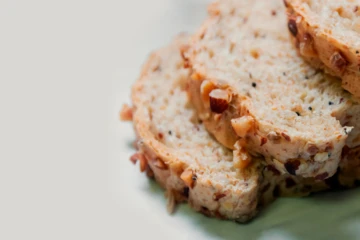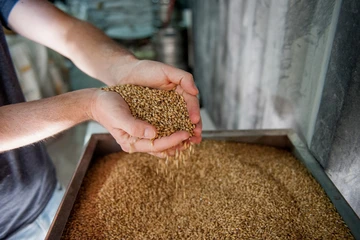The hidden sense that keeps bread consumers coming back for more
Consumers use all five senses when consuming baked goods. And although taste and aroma are often articulated as ruling preferences – while texture is the key for consumers to assess the quality a baked product, determining not only the first time a consumer buys it, but also, whether they repeat their purchase.
When buying packed baked goods in a supermarket, then the consumer is not able to assess the taste and aroma of the baked goods before buying. That means that the first test that a baked product undergoes on the supermarket shelf is an appearance test, conducted by the eyes. Take for instance, a loaf of wholewheat sandwich bread – does it look appealing and fresh? The second test is a more hands-on examination. A whopping 73% of consumers1 squeeze the product to evaluate what they hope is confirmed later by the taste and smell senses. Does it feel nice and fresh? Some baked goods need to be spongy but with a crispy crust, while others need to have the perfect crumb that balances soft and flaky. This first touch experience to assess texture triggers a decision-making process that is complex yet split-second.
Food is culture and culture is local, and that translates into local preferences for baked goods. Some preferences are driven by inheritance, while others are a consequence of the money-saving times that we live in.
Which brings us to a highly-discussed topic in the baking industry – do factors that keep consumers coming back for more still apply in the current unpredictable economic climate?
What does a deep dive into fast-evolving consumer buying habits look like?
For many consumers around the world, baked goods are a key part of their daily food intake. While preferences vary around the globe – for example, fluffy sandwich bread in the USA, rustic rye bread from Scandinavia, or the butter-soft brioche loaf from France - a study shows that 68% of consumers worldwide have changed their shopping behavior in response to increasing prices and uncertainty of what the future looks like, with more than half testing private labels2. This is in stark contrast to consumer sentiment before COVID-19 where priorities and shopping behaviors for around 60% of shoppers took into account climate change and reduction of food waste2.
Today priorities have changed; more and more consumers are trying new grocery brands in search of better value for money.
However, there is a need to take a closer look into what is often considered a homogenous “consumers are doing this” mindset. According to Adam B. V. Diggle, Business Unit Director for Baking at Novozymes,
“Consumers are still adapting to this challenging economic situation which impacts what they spend on baked goods. To understand the evolving purchasing patterns, we closely track consumer buying patterns. That determines the three consumer groups that are reacting to the new reality.”
